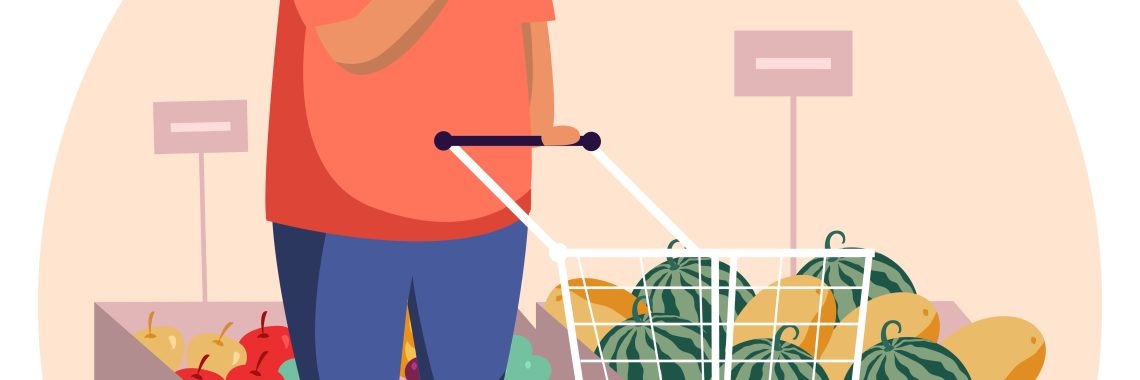As food prices continue to rise, University of Wyoming Extension Nutrition and Food Safety and Educator Vicki Hayman offers tips on how to shop smart and save money. (See our top 10 resources for reducing food expenses below.)
Increasing food costs are painfully evident on grocery receipts this summer. “For many people, this means you are going to have to spend more for the same amount of groceries or you are going to need to find ways to spend less,” Hayman comments.
Successful saving depends on planning, she says. Start by developing a food budget and setting a weekly spending limit. Track actual expenses and adjust the budget as needed.
When possible, limit shopping trips. Not only does this save time and fuel, but it also means there are fewer opportunities to buy inefficiently or unnecessarily.
Meal planning is also key. Pay attention to sales flyers and take advantage of loyalty programs, rebate apps and coupons. Get creative and use sale items to build nutritious, balanced meals. Try adding beans, grains, pasta or vegetables to bulk up meals.
Before going to the store, take inventory. Know what’s already in the pantry, fridge and freezer. Then, make a list—and stick to it. Purchase only what you need and avoid impulse buys, advises Hayman.
At the store, shop with a calculator. Track spending before reaching the checkout counter.
Compare unit prices on shelf stickers rather than looking only at the overall price, Hayman recommends. Bulk items often have a lower cost-per-unit price. Stock up on sale items of frequently used foods.
When in the store, shop the outer aisles, she says. In other words, avoid buying candy, chips, cookies, snacks and sweet beverages. Limit purchases at prepared food bars and deli counters.
Instead, buy seasonal produce and less processed foods. “The closer a food is to its natural state, the less it tends to cost,” says Hayman. But don’t over-buy perishable items, she cautions.
After returning from the store, make sure to store food properly. Move older food to the front of the pantry, fridge and freezer so it gets used instead of thrown out. Have a plan for how leftover ingredients can be used in other meals.
Most importantly: eat your leftovers! Now, more than ever, it is essential to avoid wasting food.
Keep in mind that aging produce doesn’t necessarily have to be thrown out. Instead of tossing them into the garbage, use older fruits and vegetables to make tasty soups, sauces, smoothies and baked desserts. Try reinvigorating wilted veggies with a quick 5- to 10-minute soak in ice water.
Lastly, understand dates and be judicious about when to discard items. “Food expiration dates refer to quality, not safety, which means eggs, milk and more are generally good to eat after the date on their packaging,” Hayman clarifies.
For more information on food product dating, refer to the USDA’s Food Safety and Inspection Service guidelines at bit.ly/fsis-food-product-dating.
Our Top 10 Resources for Reducing Food Expenses
- Cent$ible Nutrition’s Create a food budget (downloadable PDF)
- Cent$ible Nutrition’s Smart shopping (downloadable PDF)
- Budgeting part 1 (video)
- Budgeting part 2 (video)
- Freezing food (video)
- Stretching your food dollars (read more)
- Meal planning — It looks different for each family (read more)
- Money in the garbage? Reducing food waste (read more)
- Online grocery shopping online tips (video)
- Forbes magazine’s 7 Ways to Save on Groceries (includes info on useful coupon apps)





